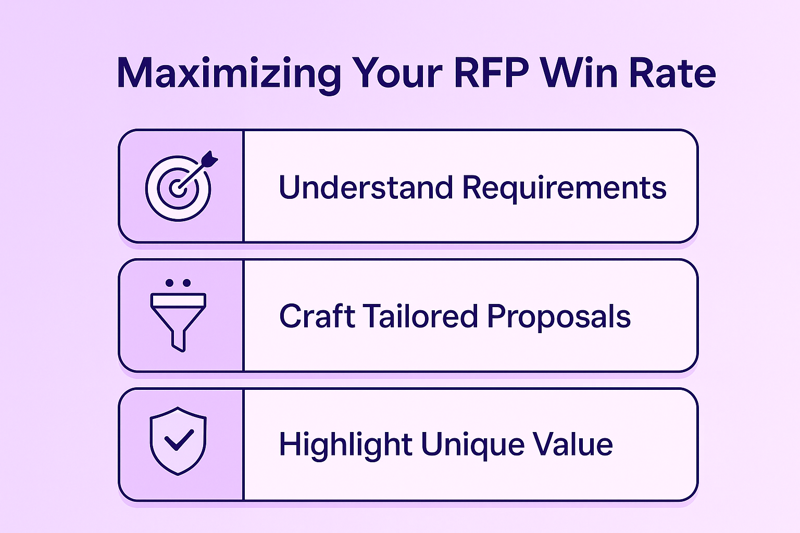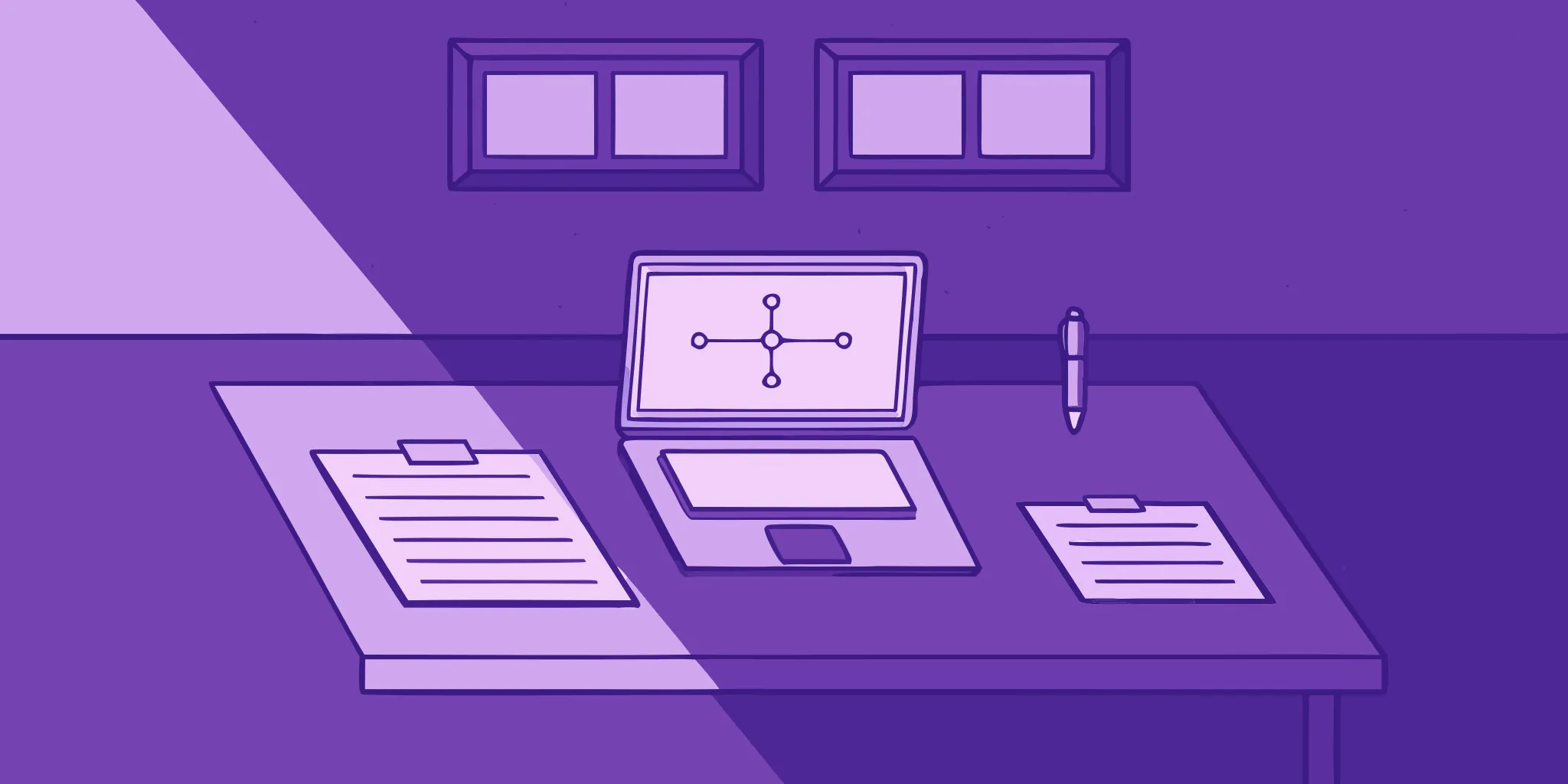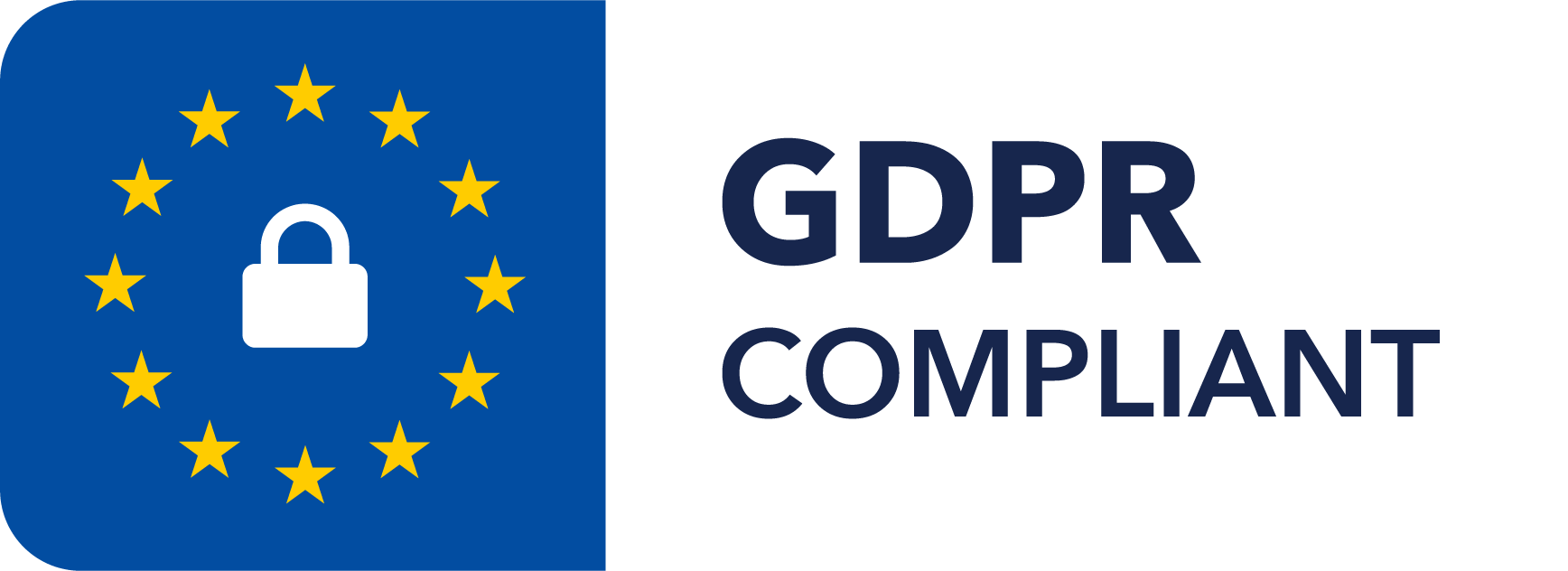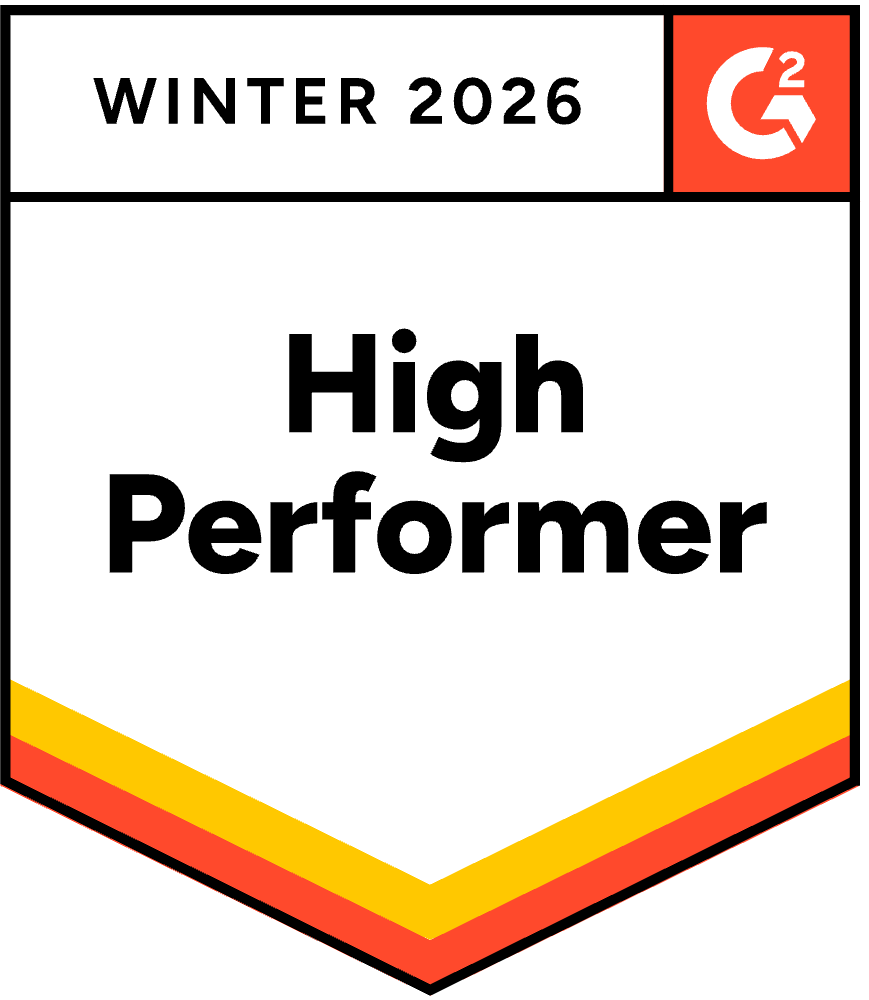How to Calculate & Improve Your RFP Win Rate
August 7, 2025
By
Evie Secilmis

Maximizing Your RFP Win Rate: Strategies for Success
Maximizing your Request for Proposal (RFP) win rate is critical for any business looking to grow revenue and secure more projects.
Understanding what makes a good win rate — and the strategies to improve it — can have a major impact on your company’s success.
In this guide, we’ll break down:
- What an RFP win rate is (and why it matters)
- What a “good” win rate looks like by industry
- Proven strategies to boost your RFP win rate
- How automation tools like Iris can help
What Is an RFP Win Rate (and Why It Matters)?
Your RFP win rate measures the percentage of proposals your team submits that result in a signed contract.
Formula:
RFPWinRate=(RFPsWonTotalRFPsSubmitted)×100\text{RFP Win Rate} = \left( \frac{\text{RFPs Won}}{\text{Total RFPs Submitted}} \right) \times 100RFPWinRate=(TotalRFPsSubmittedRFPsWon)×100
For example, if you submit 10 proposals and win 3, your RFP win rate is 30%.
Learn more in What Is a Request for Proposal (RFP) Tool? to see how modern software helps track and improve this metric.
What Is a Good RFP Win Rate?
A “good” win rate depends on your industry, deal size, and competition level, but most experts agree that 30–50% is strong.
That range reflects healthy alignment between your proposals and your buyer’s needs.
However, your company’s maturity, pricing strategy, and response process will all influence performance.
Explore Preliminary Sales: Why It Matters to understand how early-stage alignment drives higher close rates later in the cycle.
Common Factors That Impact Your RFP Win Rate
Your average RFP win rate can fluctuate due to:
- Industry trends and deal size
- Proposal quality and clarity
- Competition intensity
- Speed of response and accuracy
- How well your value aligns with buyer priorities
Many of these are controllable — especially with process optimization and automation.
See how automation makes a difference in What Is Proposal Automation (and Why It Matters).
7 Strategies to Improve Your RFP Win Rate
1. Understand the Client’s Needs
Tailor every proposal to the buyer’s unique goals, challenges, and language.
Do your research: study their company, competitors, and recent initiatives.
Address pain points directly and show how your solution delivers better outcomes.
This approach builds empathy and trust — key traits of winning proposals.
Learn how to position your solution effectively in Preliminary Sales and Alignment Strategies.
2. Qualify the Right Opportunities
Not every RFP deserves your time.
Focusing on deals where your company has the strongest fit will drastically improve efficiency.
Ask yourself:
- Do we meet the core requirements?
- Can we win on both capability and price?
- Do we have an existing relationship or reference?
Automation tools like Iris AI RFP Software can help prioritize high-fit opportunities using historical performance data.
3. Strengthen Your Value Proposition
Your value proposition is what sets you apart from the competition.
Be explicit about the measurable impact your solution delivers — cost savings, time efficiency, or innovation.
Reference proof points, case studies, or metrics.
For example:
“Our automation platform reduces RFP turnaround time by 85% and increases win rates by 40%.”
Read about effective storytelling in How to Streamline Proposal Responses with AI.
4. Standardize Your RFP Response Process
Create a repeatable RFP process with templates, checklists, and a centralized content library.
This ensures every submission follows a consistent brand voice, structure, and compliance standard.
Iris allows teams to auto-fill approved responses from a shared knowledge base, freeing up time to focus on customization and personalization.
See how this works in RFP Automation for SaaS Companies.
5. Encourage Cross-Department Collaboration
Winning proposals often require insights from across departments — sales, product, finance, and legal.
Encourage open communication and shared visibility during the response process.
In Iris, collaboration is built in — enabling reviewers to leave comments, request edits, and approve sections in real time.
Learn more in How to Automate Security Questionnaires to see how cross-team collaboration speeds up review cycles.
6. Eliminate Errors and Inconsistencies
Mistakes in your proposal can cost credibility fast.
Always proofread, double-check numbers, and review compliance language.
Iris AI helps by surfacing previously approved language, ensuring accuracy and brand consistency in every submission.
7. Follow Up and Request Feedback
After submitting, follow up with the client — even if you don’t win.
This shows professionalism and creates an opportunity to gather valuable insights.
Use that feedback to refine future proposals and improve your content library.
Tracking and Measuring Your RFP Win Rate
You can’t improve what you don’t measure.
Use these steps to track and optimize your RFP performance:
- Analyze Past Submissions — Identify trends, strong proposals, and recurring weak points.
- Set Benchmarks and Goals — Use industry averages (around 30%) as a baseline.
- Collect Buyer Feedback — Ask clients for reasons behind wins or losses.
- Invest in Training — Strengthen writing, storytelling, and technical proposal skills.
- Leverage Automation — Use AI tools like Iris to reduce manual work and maintain response quality at scale.
See RFP vs RFQ vs RFI: Understanding the Differences for a deeper look at each procurement stage.
Final Thoughts
Maximizing your RFP win rate isn’t just about the numbers — it’s about consistency, clarity, and delivering value.
By understanding your audience, qualifying opportunities wisely, and leveraging automation with tools like Iris AI, your team can respond faster, collaborate better, and close more deals.
A high win rate reflects more than success — it signals alignment, trust, and a mature, data-driven sales organization.
Share this post
Link copied!




















